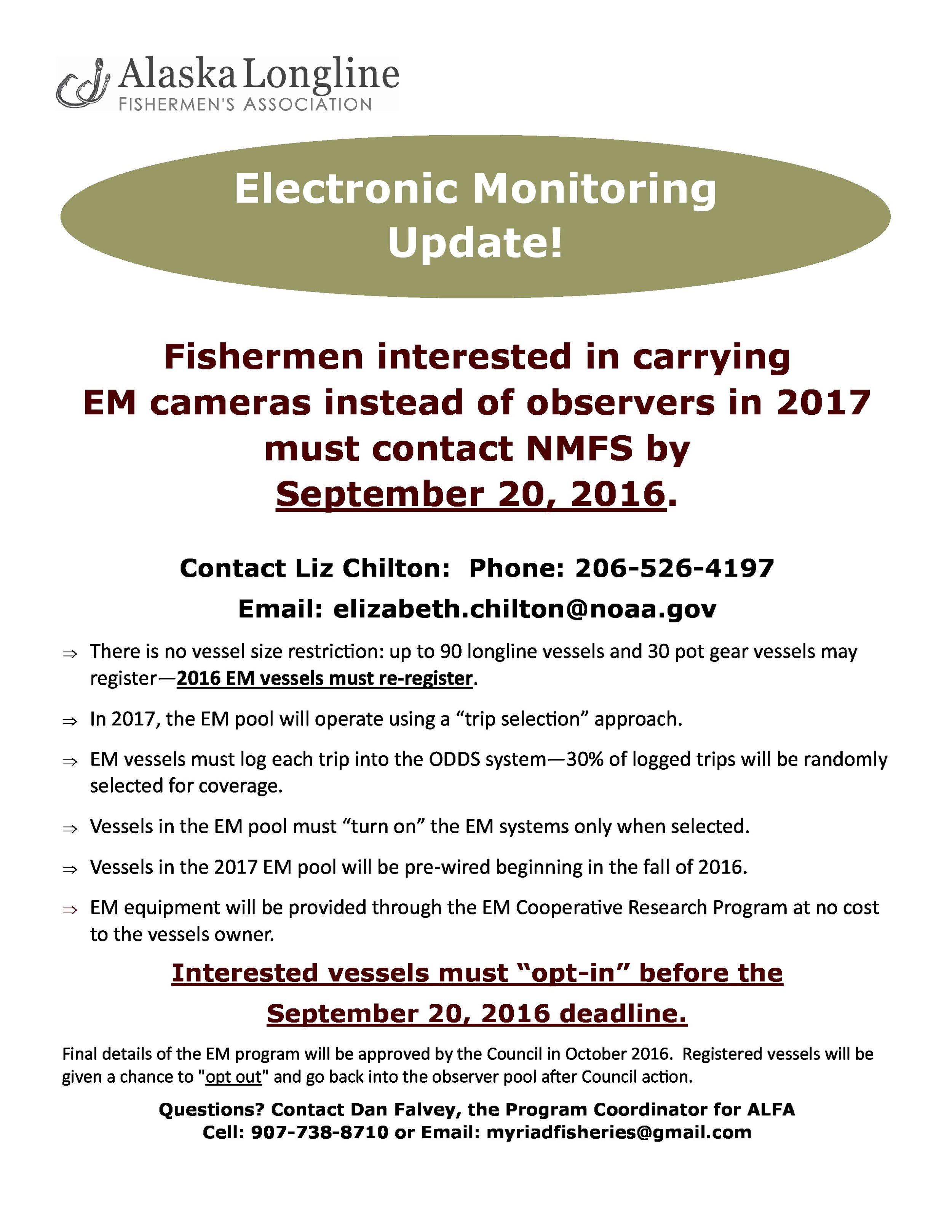Photo credit ASMI/Joshua Roper Photography
Thirty years ago, a young person who wanted to fish commercially needed a boat, some fishing gear, and a sense of adventure to get started in the business. Today young fishermen face staggering entry level costs, high operating costs, and a level of risk that is equivalent to buying a starter hotel, instead of a starter house as a first step in home-ownership. Studies show that the average age of Alaska’s commercial fishermen is now 50, up by nearly 10 years since 1980. Research documents that fishery access permits and quota are being lost from rural Alaska communities, and that gaining access to the fisheries off Alaska is increasingly difficult for young Alaska rural residents.
ALFA is committed to helping the next generation of fishermen and ensuring residents of Alaska’s coastal communities have access. Through a number of programs, we are helping the next generation of commercial fishermen launch and support viable commercial fishing businesses. ALFA’s young fishermen programs and focus areas include:
- Apprentice or entry-level deckhand opportunities on commercial fishing boats.
- Fishery Conservation Network bathymetric data sharing.
- Inter-generational transfer of permits and quota in partnership with the Alaska Sustainable Fisheries Trust.
- Young fishermen training, skill building and education.
- Alaskans Own Seafood—connecting fishermen and fish lovers
Apprentice and entry-level deckhand experience- ALFA member ERIC JORDAN works with ALFA to offer a deckhand training program. Eric takes first time deckhands fishing for a day, a week, or a season, depending on his fishing schedule and the “greenhorns” proclivity for fishing. But before Eric takes young people out, he provides safety training and a thorough introduction to life on a fishing boat. While on that water, Eric teaches deckhand skills and works in a healthy measure of conservation ethic. Over the past three years, Eric has introduced 23 young people to deckhanding on his troller the FV I Gotta, many of whom return to fish with him or have taken jobs on other boats. ALFA and Eric consider all apprenticeships a success, because even those whose fishing careers end after one trip have gained a new understanding and appreciation for commercial fishing.
Fishery Conservation Network- Members of ALFA’s Fishery Conservation Network collect seafloor bathymetry data that ALFA then compiles into one database and generates digital bathymetric charts. The charts are provided back to participating fishermen, helping FCN members efficiently catch target species while controlling bycatch rates and avoiding sensitive habitat. The FCN collaboration helps small boat fishermen stay competitive in an increasingly challenging profession; it also helps young fishermen gain knowledge, tools and insight from ALFA’s well established fishermen.
Alaska Sustainable Fisheries Trust—ALFA has explored alternative funding mechanisms for limited entry and IFQ purchase since IFQs were implemented in 1995. In 2009, ALFA helped establish the ASFT, and this past year worked with local fishermen and Ha Aani, the community development arm of Sealaska, to support transfer of a limited entry permit and a block of sablefish IFQs from out of state ownership to young Sitka fishermen. This innovative approach lowers entry level costs and shields the young fishermen’s financial risk while still providing a clear path to ownership of fishery access. ASFT and ALFA are now working to finalize legal documents to support future transfers and to capitalize the Trust.
Beginning Fishermen’s Development Program—In 2008 Congress funded a number of programs to support the next generation of farmers, ranchers and aquaculturists, including the Beginning Farmers and Ranchers Development Program and the Individual Development Accounts. Unfortunately, not a single federal program exists to provide support and resources to young commercial fishermen. ALFA is working with allies in the Fishing Community Coalition to change that. We envision a program that will:
• Offer financial support and guidance for new fishery entrants.
• Provide training for developing new markets and adding value to seafood products.
• Enhance fishermen engagement in the resource management process.
• Identify ways to sustain America's working waterfronts.
• Foster a conservation ethic that prioritizes sustainable fishing practices and marine stewardship.
A national program that partners with federal, state and local organizations and agencies to provide increased opportunities for the next generation of commercial fishermen could be a groundbreaking step in protecting the stability of coastal fishing communities and America’s seafood supply chain. That is why we are working, along with our colleagues around the nation, to develop a program that adequately funds and supports the next generation of fishermen.
Alaskans Own Community Supported Fishery—last fall ALFA took over management of Alaskans Own (AO), a program we helped start in 2010. AO provides high quality seafood through a monthly subscription program to Alaska and lower 48 customers. Customers also learn about the fishermen who catch their fish and the work ALFA’s dedicates to promoting sustainable community based fisheries for the future. ALFA works with Sitka Sound Seafoods and Seafood Producers Cooperative to process fish for AO, supporting rather than competing with Sitka’s important processing sector. We consider the incredible seafood ALFA members catch to be best outreach tool on land or sea. With AO we aim to build connections for the future between fishermen, fishing communities, and seafood consumers.
















